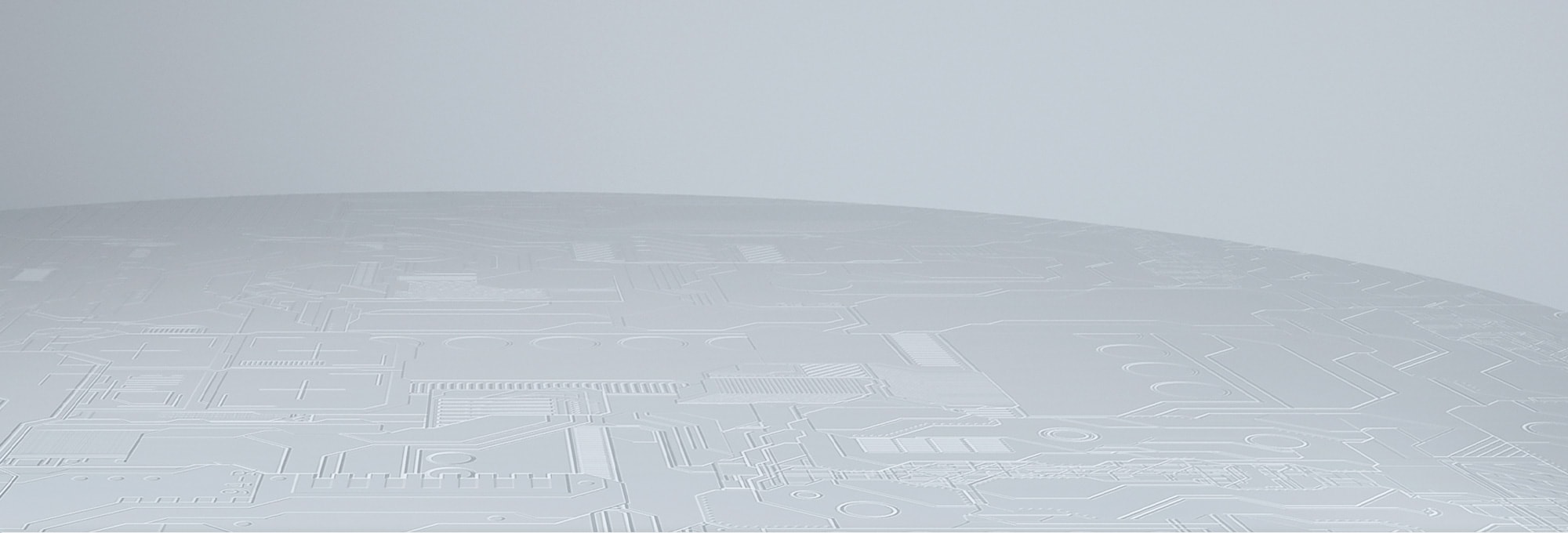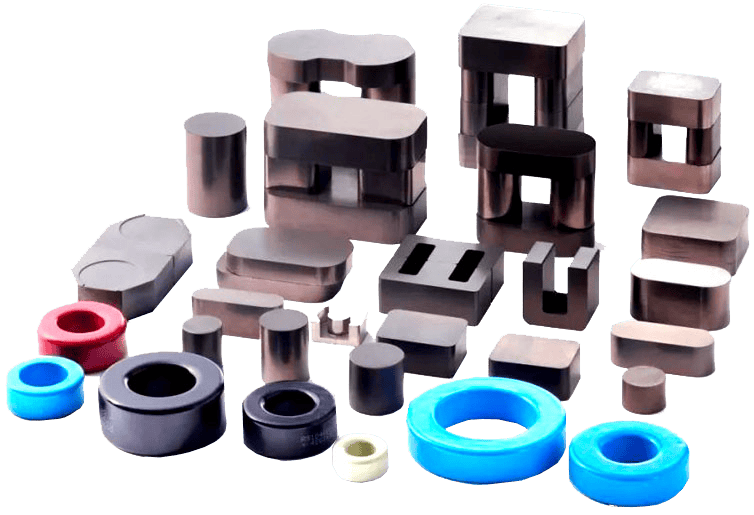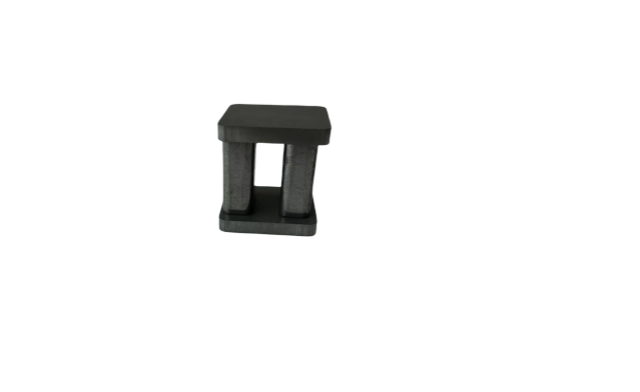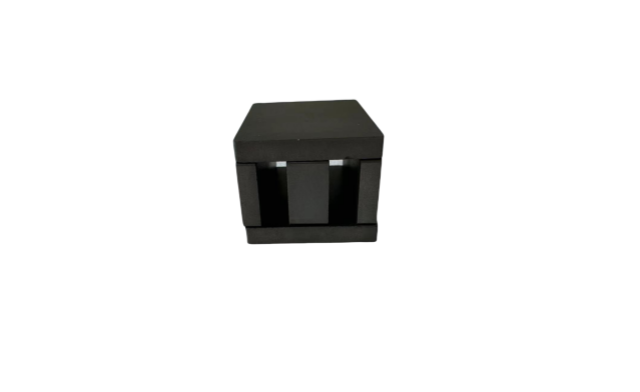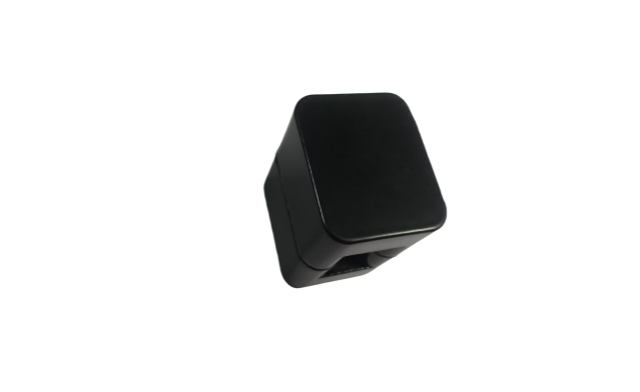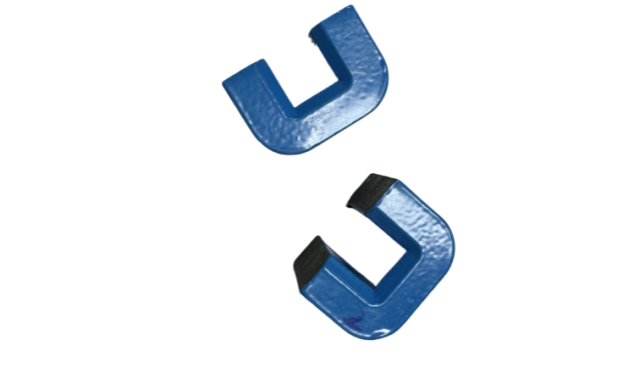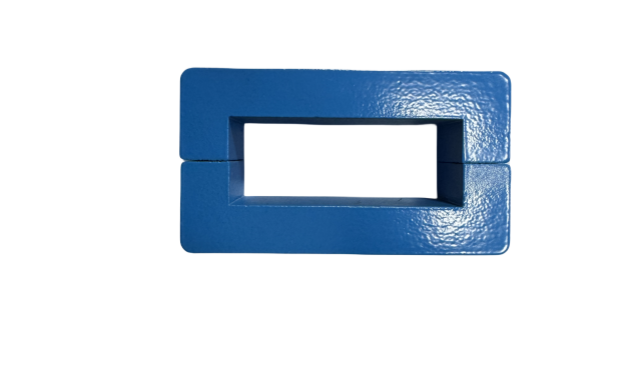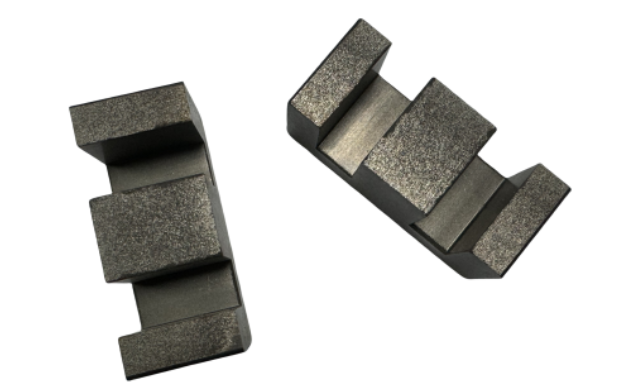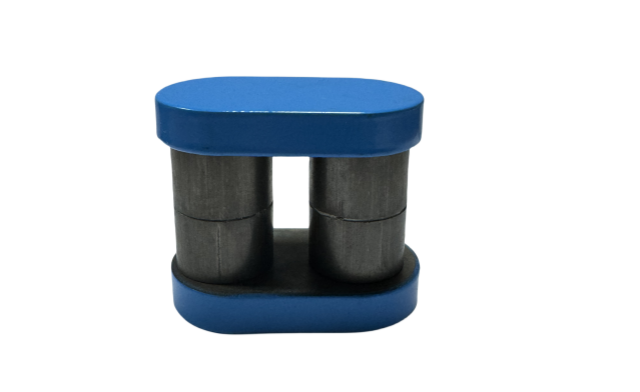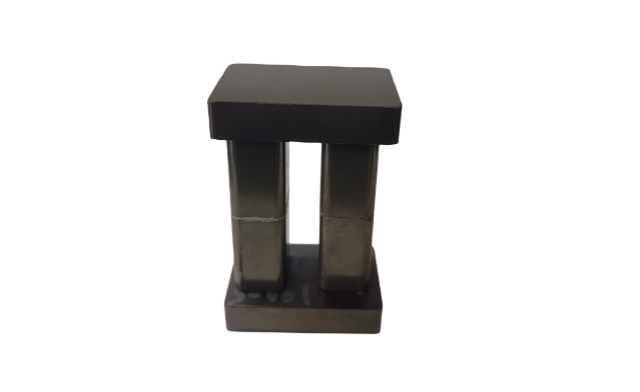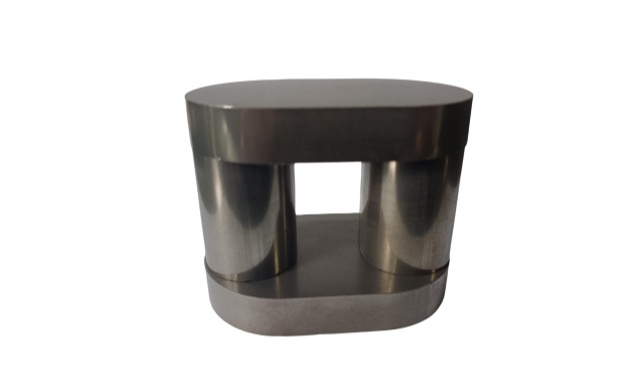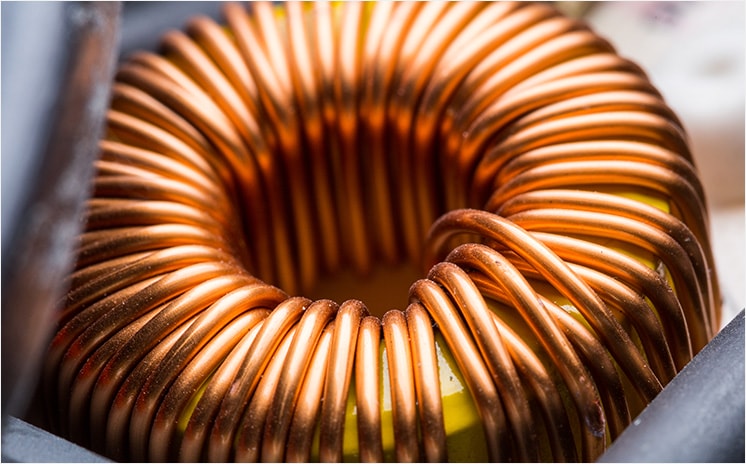China Magnetic Material Core plays a crucial role in modern electronics, particularly in power management and electromagnetic applications. The versatility of powder cores makes them suitable for a wide range of fields such as power electronics, renewable energy systems, automotive electronics, telecommunications, aerospace, and national defense. These industries demand efficient power management, signal processing, and electromagnetic compatibility, all of which are achieved through the unique properties of powder cores.
Powder Cores are well-known for their distinctive magnetic properties, which enhance the performance, reliability, and energy efficiency in various applications. In the field of power electronics, for example, powder cores reduce energy loss, leading to improved overall efficiency of devices. In renewable energy systems, they help optimize power conversion and increase energy utilization.
In the automotive electronics industry, there is a growing emphasis on the use of powder cores due to their ability to meet the requirements for compact design and high performance. In telecommunications and aerospace, powder cores ensure stable signal transmission and provide resistance to electromagnetic interference, enhancing system reliability. In national defense, the superior magnetic properties of powder cores enable the necessary electromagnetic compatibility for various devices, ensuring mission success.
In summary, the combination of China Magnetic Material Core and powder cores is driving technological advancement across multiple industries, laying a solid foundation for future innovation. Through continuous optimization and research, powder cores will continue to play an even greater role in more fields, achieving more efficient power management and signal processing.







